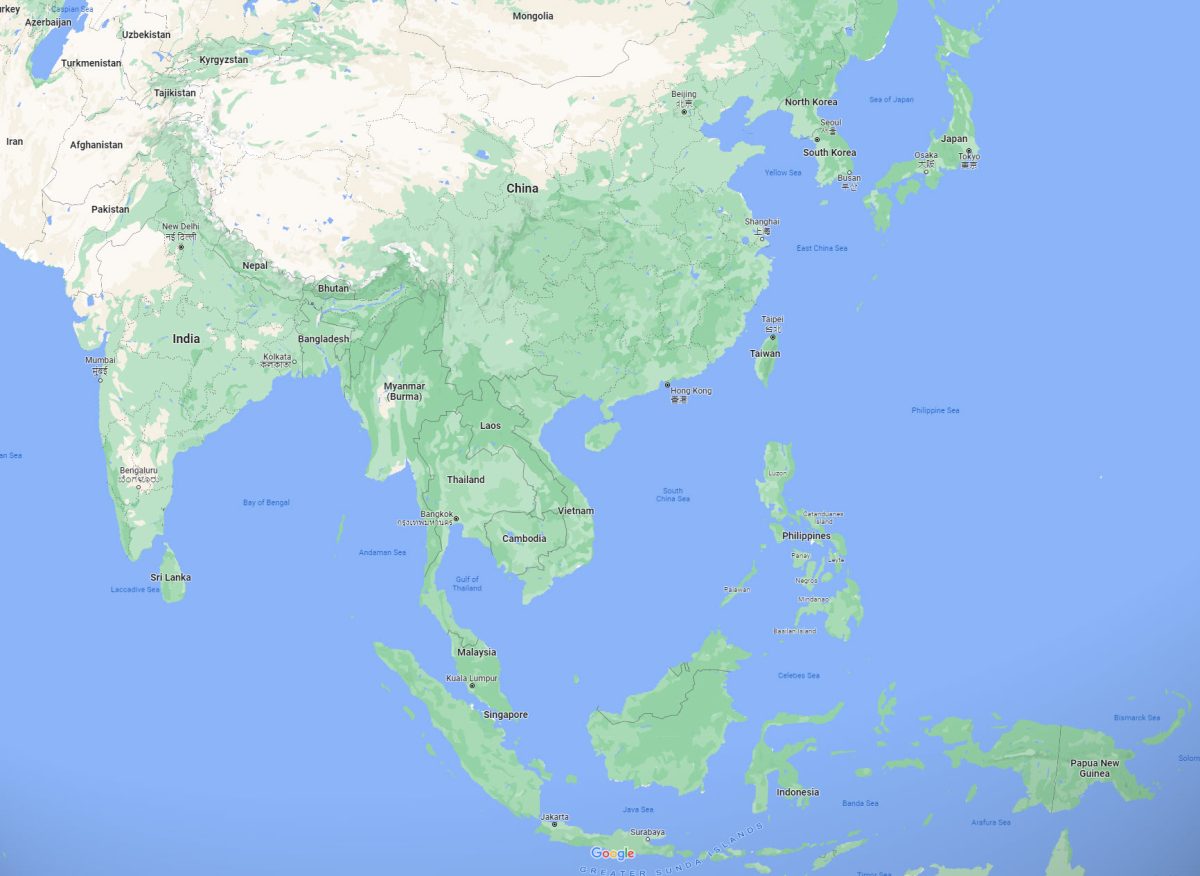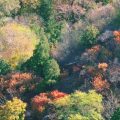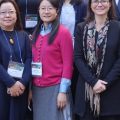Restoration of wetlands in the Dianchi Lake basin, Kunming, for water pollution control
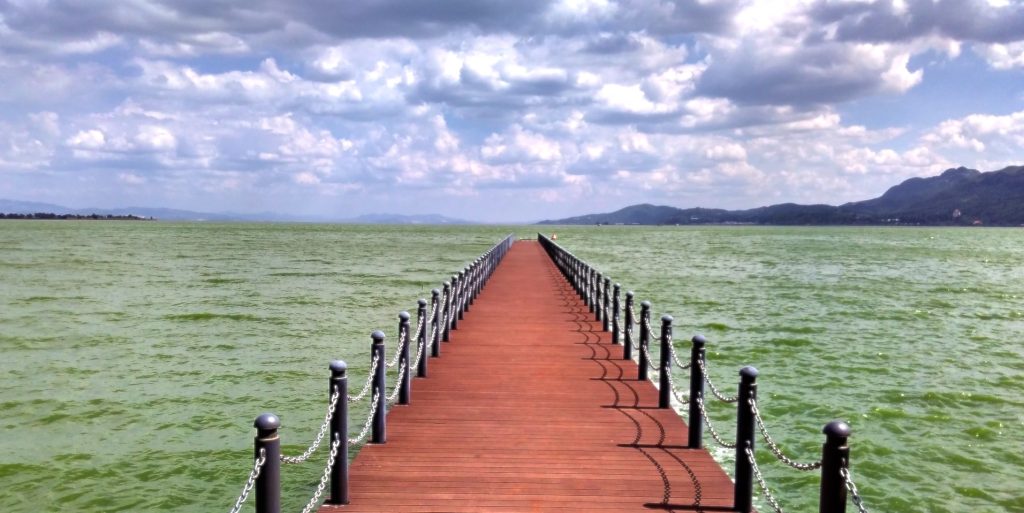
Kunming in Yunnan Province will be the host city of the 15th meeting of the Conference of the Parties (COP15) to the Convention on Biological Diversity (CBD). Therefore, a view on Kunming’s own activities on nature-based solution is of high interest.
Dubbed as the “sparkling pearl embedded in the plateau” and once known for its crystal-clear water, Dianchi Lake, located in the southern suburbs of Kunming City, was one of the most polluted lakes in China. Since the 1980s, the lake has been greatly affected by urbanization-induced disturbances and undergone severe degradation. Over the past two decades, numerous programs have been initiated and implemented by the national, provincial and municipal governments to reduce the lake’s pollution loads and restore the ecosystem. Despite countless unsuccessful attempts, decades of arduous restoration efforts are beginning to bear fruit.
For instance, the water in Dianchi Lake was rated Grade IV in 2019, which was no doubt a leap-forward in progress as it has been graded “inferior to Grade V”, the worst level in China’s water quality grading system in the previous years. In addition, two thirds of rivers flowing into the Lake are now assessed as Grade II or III.
Besides, the ecological function and biodiversity surrounding Dianchi Lake is being gradually restored. The outbreak days of blue-green algae bloom has been reduced markedly and wildlife that used to inhabit here but disappeared due to heavy pollution have come back. From 2014 to 2019, the number of bird species around the Lake increased from 96 to 138, with certain species known to be sensitive to environmental degradation recorded returning. The number of aquatic plant species also increased from 241 to 290. Moreover, the successful reintroduction of golden-line barbel, an endemic cyprinid fish to the Lake provides the best evidence for the effectiveness of continuous remedial actions.

The view of the Dianchi Lake from the Western Mountain Forest Park / Source: Pixabay
Since the mid-1980s when water in Dianchi Lake started to nosedive, a host of laws, regulations and policies had been made in order to clean up Dianchi Lake but few stressed the importance of ecological approaches. After years of actions with negligible results, a shift in restoration approaches progressively took place from point-pollution control to integrated rehabilitation of the lake ecosystem. A successive series of restoration policies had thereby been introduced, with reviving the lakeshore wetlands and rehabilitating the damaged ecological river system highlighted and continued as the vital measures to improve the conditions of Dianchi Lake.
For instance, in 2008, an ambitious large-scale ecological restoration project of building a green wetland belt along the shore of Dianchi Lake was initiated under the “Kunming Urban Master Plan (2008-2020)”. In this Plan, the policy of “four recoveries, three restorations and one protection” – recovering the lake areas, forests and wetlands that were converted to farmlands, fishponds and residential areas to their original conditions, and relocating the residents – was first introduced. And later in 2010, wetlands rehabilitation and river ecological environment restoration were included in the “six master projects” to improve the water quality in Dianchi Lake. The effectiveness of investments in restoring wetlands to revive Dianchi Lake demonstrates wetland-based treatment a sustainable means of improving water quality.
After 10 years of implementation, around 7,400 ha of fishponds and farmlands, as well as 239,000 ha of residential areas have been restored, with 25,000 residents relocated. 43.14 km of concrete breakwaters were demolished, allowing an 11.5 km2 expansion of water areas. In addition, 800,000 trees have been planted and over 20 wetland parks built around the Lake, with a total coverage area of 33.3 km2. A 200m-width self-sustaining ecological belt created around the lakeside is now purifying water for the lake and providing important habitats to the increased lake biodiversity. As a matter of fact, the green wetland belt is acting as the last mechanism for water treatment before pollutants reach the lake.
Functioning like a “kidney”, the wetlands and its surrounding green infrastructures absorb a great deal of agricultural and urban runoff, industrial effluents, combined sewer overflows, and municipal wastewater before flowing into the lake. The newly constructed wetland parks in the Dianchi basin are also providing citizens spaces for recreation and opportunities to reconnect with nature. In 2016, the Dianchi Wetland received the honorary title the Most Picturesque Wetland in China.
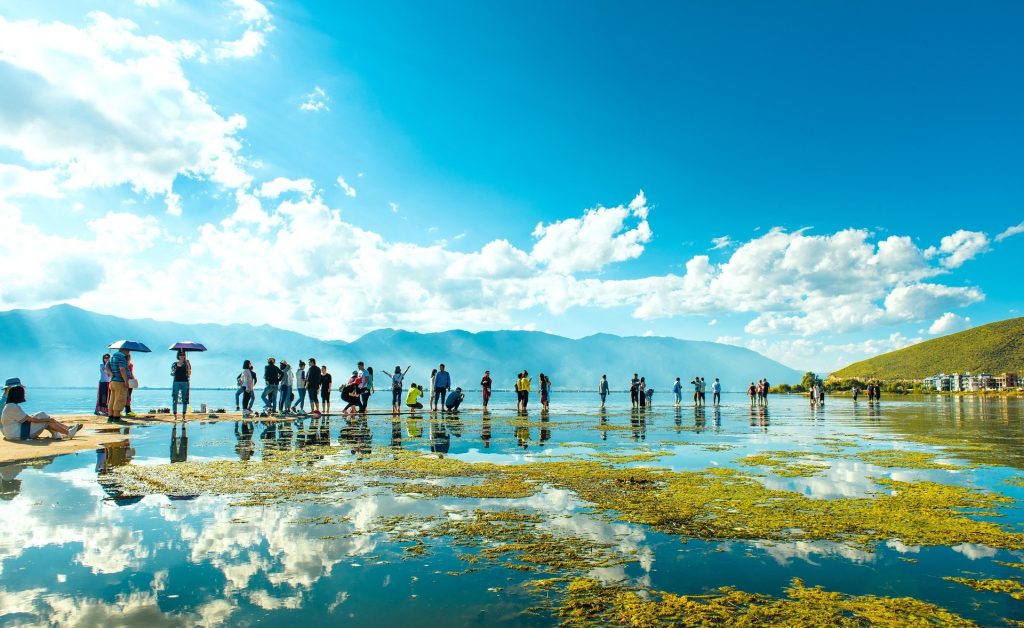
Lake in Yunan / Source: Pixabay

